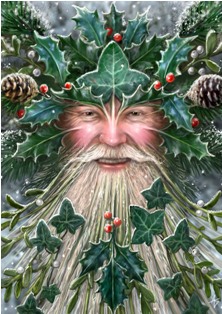 Anyone who has read this blog for more than five minutes will know that I am rather skeptical not only of Christianity but of any organized religion. Religion is found in astrological symbolism in the planet Jupiter, which seeks to define a belief system which helps to give our life meaning. When this individual theology is shared among others, religion is the result. Neptune is the planet that bestows an actual experience of the divine – a direct connection to God that requires no intermediary. Shared belief systems are important in order to connect with others. My closest friends are the ones who share my belief systems and my view of the world. But my view of the world is something that is my own, rather than something that has been indoctrinated.
Anyone who has read this blog for more than five minutes will know that I am rather skeptical not only of Christianity but of any organized religion. Religion is found in astrological symbolism in the planet Jupiter, which seeks to define a belief system which helps to give our life meaning. When this individual theology is shared among others, religion is the result. Neptune is the planet that bestows an actual experience of the divine – a direct connection to God that requires no intermediary. Shared belief systems are important in order to connect with others. My closest friends are the ones who share my belief systems and my view of the world. But my view of the world is something that is my own, rather than something that has been indoctrinated.
Historical records and modern-day computer simulations indicate that there was a rare series of planetary groupings, also known as conjunctions, during the years 3 B.C. and 2 B.C.The show started on the morning of June 12 in 3 B.C., when Venus could be sighted very close to Saturn in the eastern sky. Then there was a spectacular pairing of Venus and Jupiter on Aug. 12 in the constellation Leo, which ancient astrologers associated with the destiny of the Jews.Between September of 3 B.C. and June of 2 B.C., Jupiter passed by the star Regulus in Leo, reversed itself and passed it again, then turned back and passed the star a third time. This was another remarkable event, since astrologers considered Jupiter the kingly planet and regarded Regulus as the “king star.”The crowning touch came on June 17, when Jupiter seemed to approach so close to Venus that, without binoculars, they would have looked like a single star.The whole sequence of events could have been enough for at least three astrologers to go to Jerusalem and ask Herod: “Where is he that is born King of the Jews, for we have seen his star in the east and are come to worship him.”

